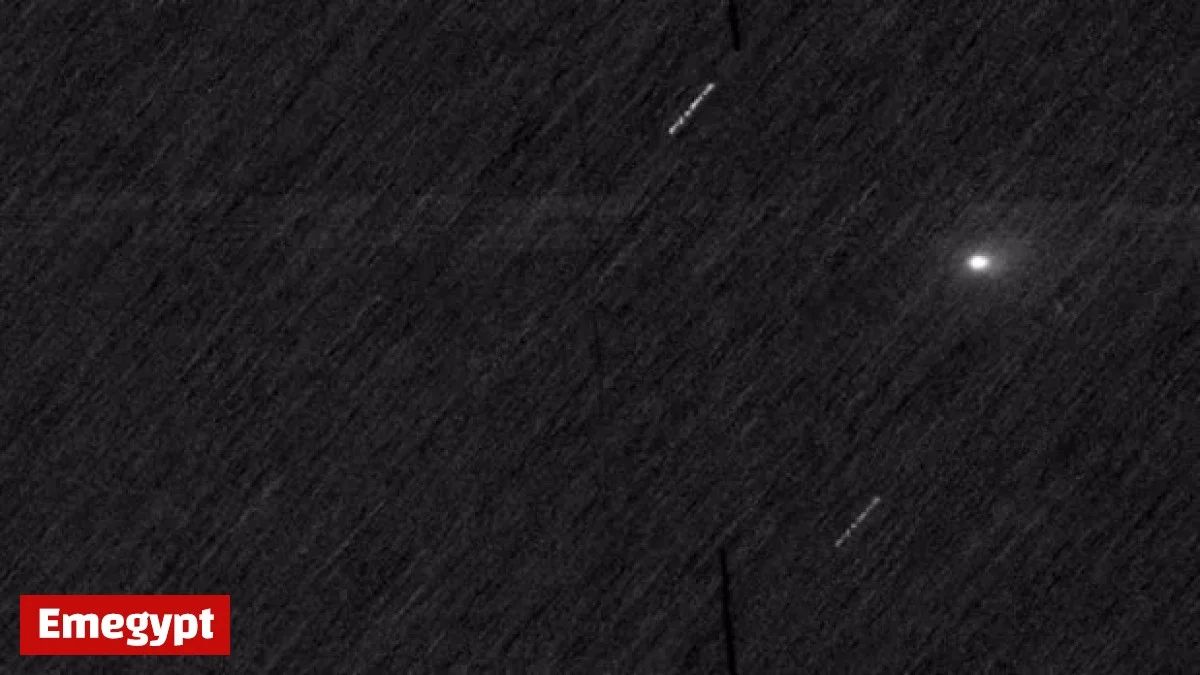
An interstellar comet, known as 3I/ATLAS, made a significant passage near Mars earlier this month. This rare celestial event occurred on October 3, 2023, when the comet came within 30 million kilometers of the red planet. Two European Space Agency (ESA) spacecraft, ExoMars and Mars Express, were positioned to capture images of this remarkable visitor.
Mars Probe Captures Rare Images of Interstellar Comet
This is an unprecedented look at a comet that originated from another solar system. The exact origin of 3I/ATLAS remains uncertain, but it is believed to have been ejected from its home star, possibly due to gravitational interactions with a massive planet. It has journeyed through space for billions of years before being drawn into our solar system by the sun’s gravity.
Unique Characteristics of 3I/ATLAS
- Potential Age: 3I/ATLAS may be the oldest comet discovered, potentially even older than our solar system.
- Closest Approach: The comet passed Mars at a distance of approximately 30 million kilometers.
- Visual Characteristics: Images revealed a fuzzy comet nucleus surrounded by a coma and a short tail.
The coma suggests that 3I/ATLAS contains ices and dust, which are released when heated by the sun. Further analysis is expected following the comet’s closest approach to the sun on October 30, 2023. Scientists are hopeful this will shed light on the composition of the icy materials, providing insights into similarities with other comets within our solar system.
Speculations and Scientific Context
This recent sighting marks the third observation of interstellar objects passing through our solar system, following 1I/Oumuamua in 2017 and 2I/Borisov in 2019. Each detection generates speculation about extraterrestrial life, fueled by popular culture references like Arthur C. Clarke’s “Rendezvous with Rama.”
However, current scientific assessments indicate that there are no signs of 3I/ATLAS being an alien spacecraft. It does not reflect light like a metallic object nor does it emit any signals. Moreover, the significant cloud of ice and dust it produces is characteristic of a comet, not a spacecraft trying to conceal its identity.
The Importance of Studying Interstellar Comets
Despite the excitement surrounding potential extraterrestrial connections, the study of 3I/ATLAS presents a valuable opportunity to learn about cosmic formations. These interstellar visitors offer insights into whether similar processes that shaped our solar system occur across the Milky Way.
Looking ahead, the European Space Agency plans to launch the Comet Interceptor mission in 2029. This mission aims to target unknown interstellar visitors, facilitating closer examinations and enhancing our understanding of the universe.
